In 2011, a private landowner reached out to her local Soil & Water Conservation District to begin a conversation. Her property is directly on the Columbia River, and she wanted to return it to a more natural state to support fish and wildlife. They were happy to start the conversation about how to make that happen.
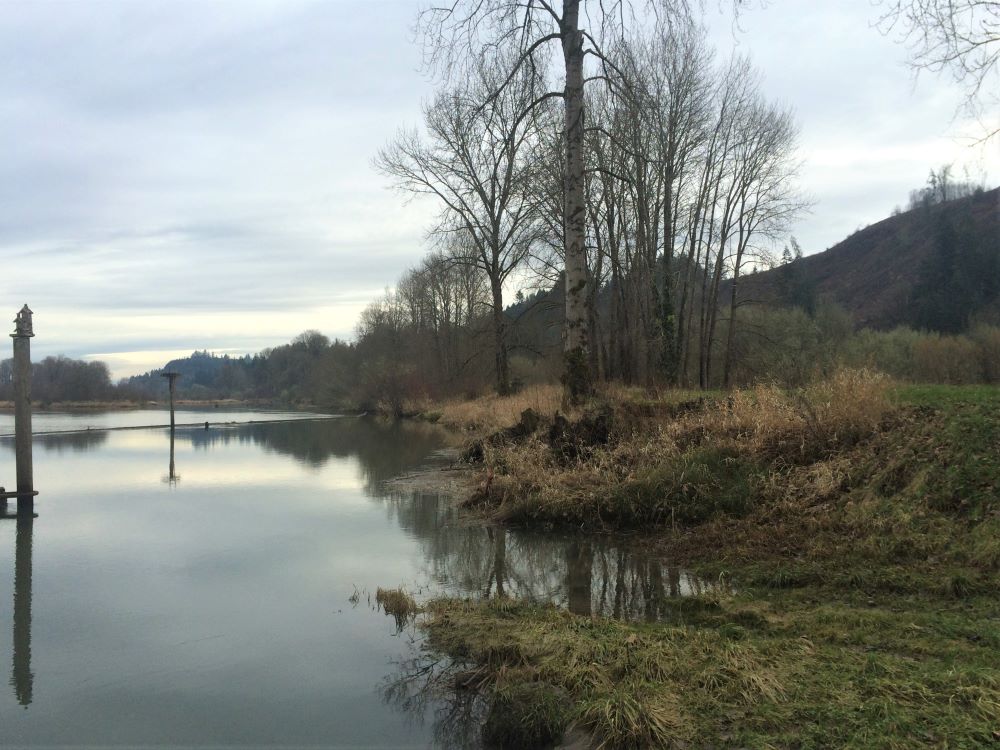
Completed in 2015, the Batwater Station Floodplain Restoration Project reconnected a 26-acre tidal wetland to the lower Columbia River. The project benefits threatened and endangered species of salmon and steelhead and other native species. Located on private land near Clatskanie, Oregon, the site lies at the confluence of Bradbury Slough and the Columbia River near the head of Crims Island. Historically, habitat at this site was a tidally-influenced scrub-shrub wetland habitat, but over time levees, tide gates, creek realignments, and land clearing impacted the site and reduced its habitat potential.
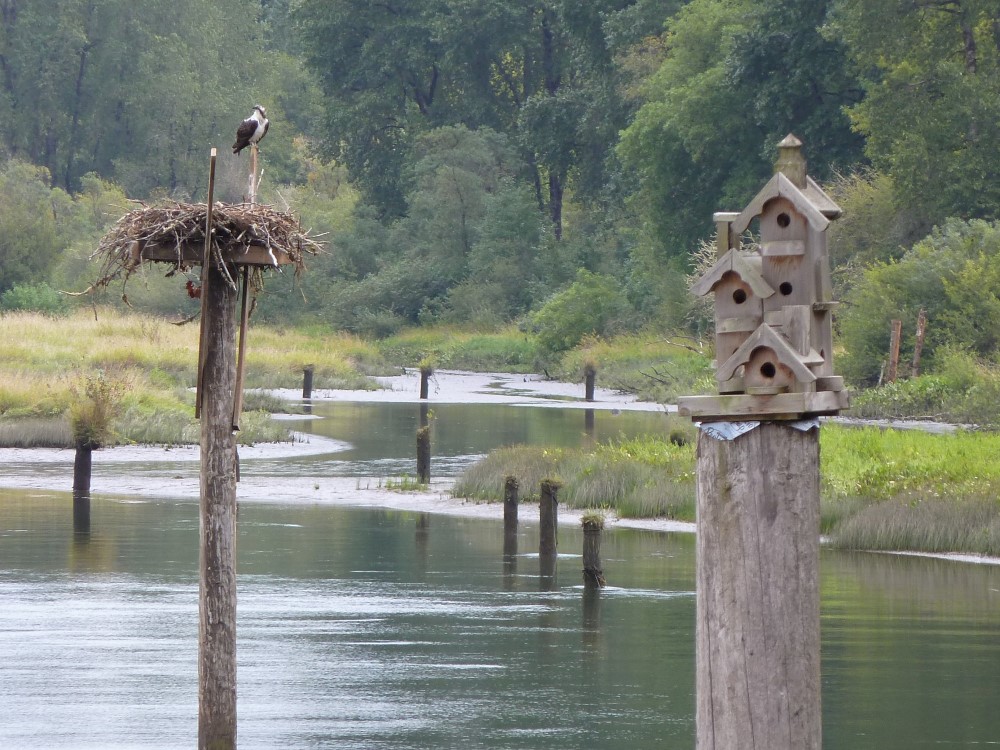
Collaboration between the private landowner, who is committed to natural resource conservation, and local restoration partners Lower Columbia River Watershed Council and Columbia Soil and Water Conservation District made this project a special success. The landowner recognized the opportunity to balance agricultural and habitat priorities on their property and worked with partners to design a project that benefits native fish, turtles, frogs, deer and beaver, all found at the site. The landowner enjoys watching these wildlife species thrive in their newly created habitat.
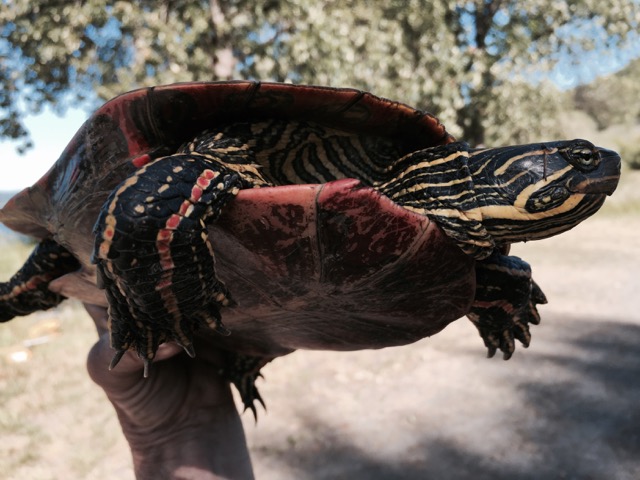
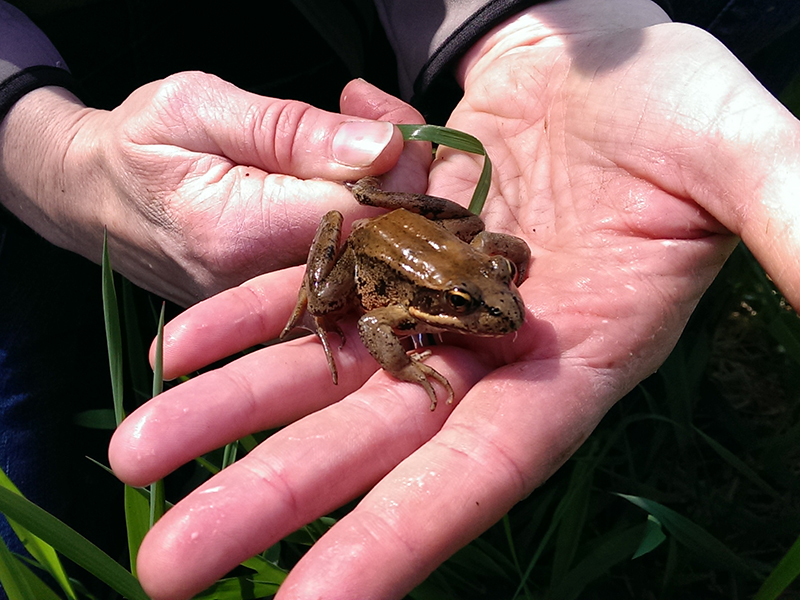
The project included breaching the levee and constructing a starter tidal channel into the historic wetland to provide fish access to the off-channel habitat. Large wood structures and beaver dam analogs were installed in the channel to create habitat complexity, cover for juvenile fish, basking structures for turtles, and to encourage beaver activity. Crews revegetated 11 acres of the site with native wetland trees, shrubs, and emergent vegetation to initiate natural ecological processes, hydraulic diversity, control sediment, moderate water temperatures, and provide fish and wildlife habitat.
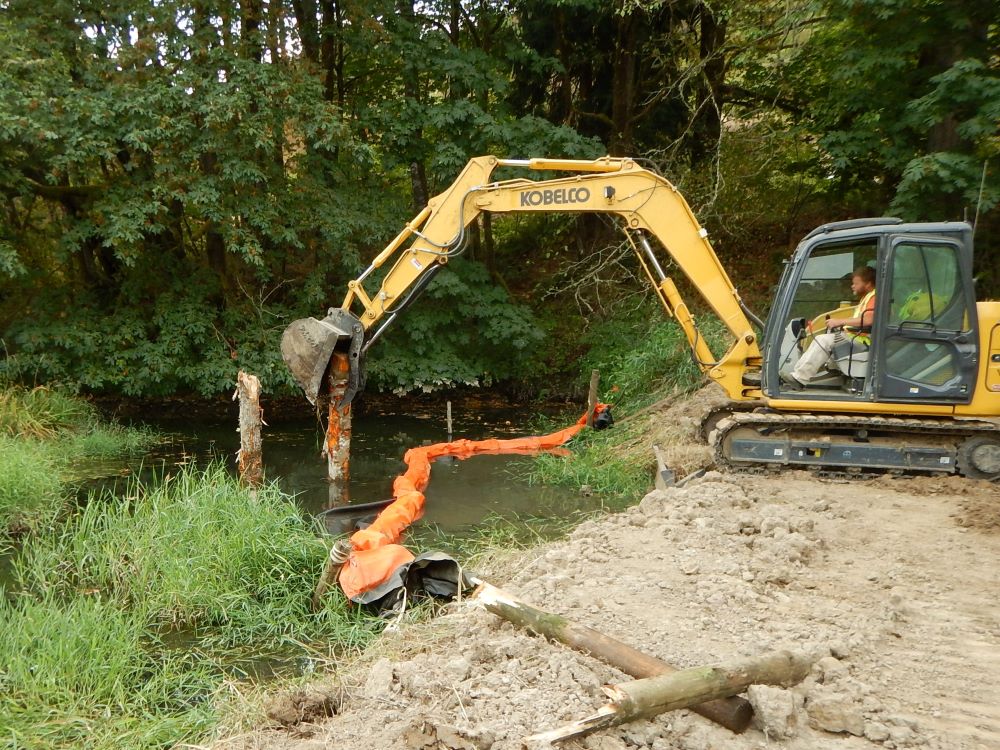
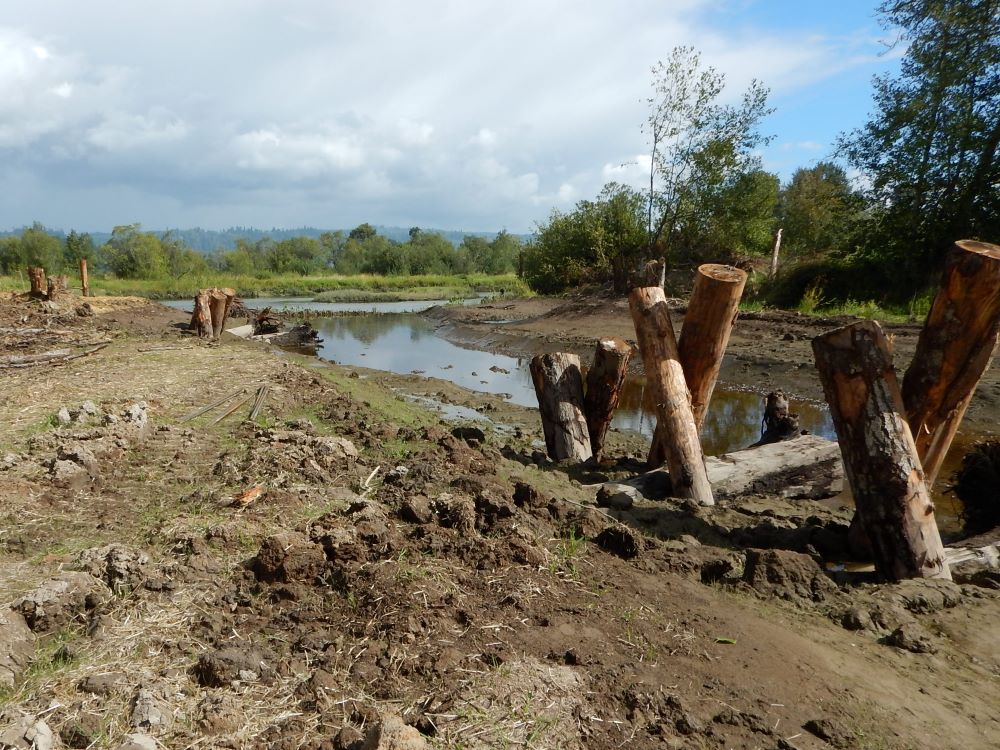
The year following construction, 4th and 6th graders from Clatskanie got to visit the site with our educators. It was an excellent opportunity for students to see a newly completed habitat restoration project near their home, and to contribute to the project by planting new trees. They also got to paddle our Big Canoes around Bradbury Slough and into the newly created channels of Batwater Station.
We continue to monitor the area as the site approaches five years post-construction. Estuary Partnership staff monitor using photo points and gauges for physical characteristics such as water surface elevation, sediment accretion and temperature to observe the hydrologic connectivity to the Columbia River, habitat quality, and changes in the floodplain over time.
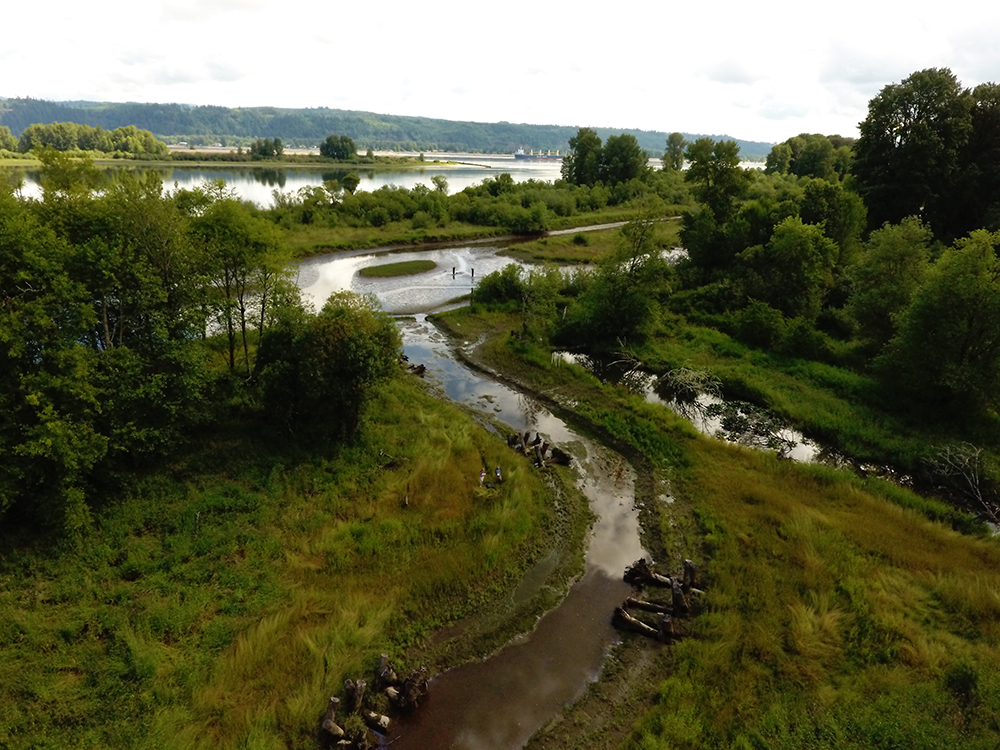
-
Reach
C
-
Start Year
2011
-
End Year
2017
-
Total Acres
26
-
Type
Habitat